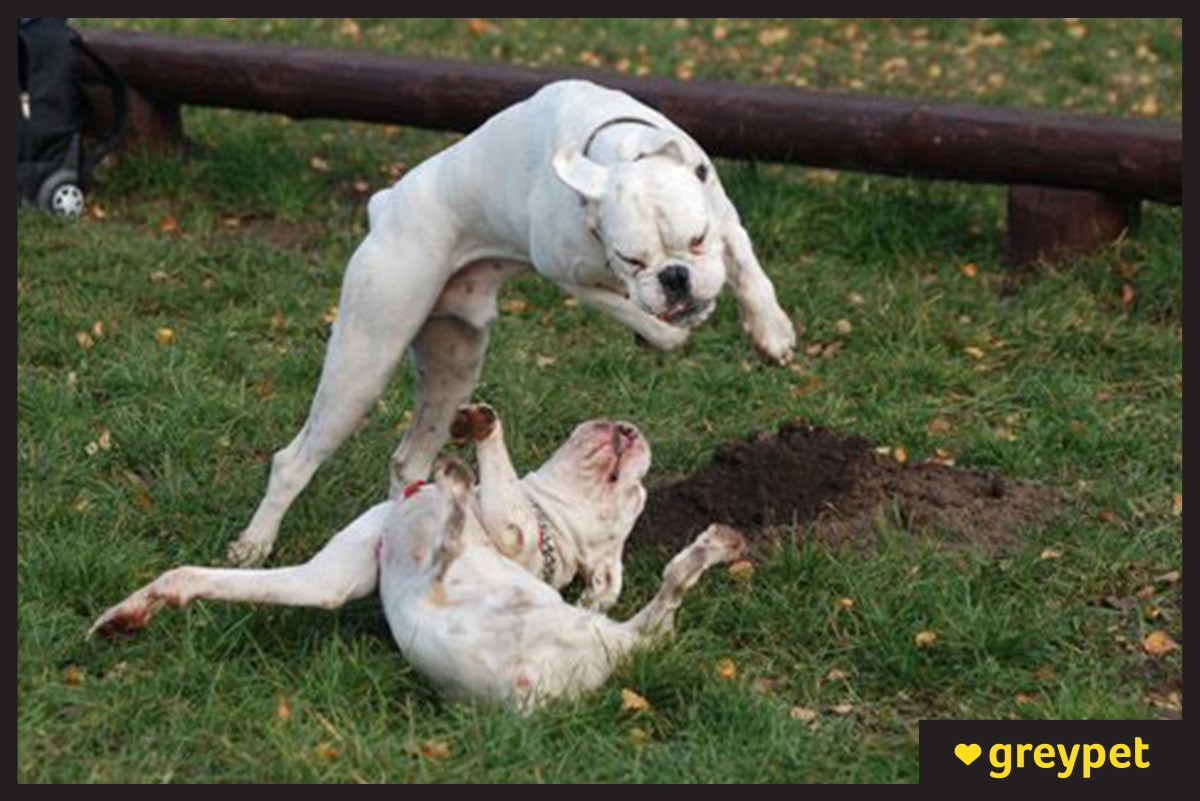Walking Your Dog Without Stress – Learn the Rules of a Calm and Happy Walk
Is walking your dog more stressful than enjoyable?
Does it feel like your dog is walking you, rather than the other way around? If your daily walks are more of a burden than a pleasure – it's time to change that. Start by following a few key rules to turn your walks into bonding moments full of calm and joy.
The Most Common Mistake
Many owners make a big mistake: they think a walk is just about letting the dog do “whatever it wants.” But a proper walk should strengthen the bond between dog and owner and provide emotional balance. It’s not just about physical exercise – it’s about structure, guidance, and mutual trust.
Situation 1: My Dog Panics at the Sight of Other Dogs
Does your dog bark, lunge, or cower in fear when seeing other animals? Many owners respond by panicking too – for example, scooping up a small dog the moment another appears on the horizon. What message does this send?
Your dog receives these signals:
- Other dogs = threat
- My human is scared
- I'm not safe
- I need to react and protect us both
By doing so, you unintentionally encourage aggression and fear. Even worse, you may reward the barking or growling with soothing words or petting – reinforcing the very behavior you're trying to stop.
What to do instead?
Remain calm, assertive, and grounded. Control your body language. Show your dog that you’ve got this. If needed, block another dog from approaching too closely using calm body positioning – but don’t pass your tension to your pet.
Situation 2: My Dog Attacks Everything in Sight

Is your dog calm at home but turns into a tornado the moment you step outside? Does he bark, growl, or lunge at everything that moves – dogs, bikes, mail carriers?
The real trigger may not be outside. It might be you.
If you tighten the leash, stiffen your posture, and prepare for the worst, your dog will mirror your emotional state. He sees your nervousness, assumes there’s a real danger ahead, and takes action. And when the “danger” passes, you both calm down – reinforcing a vicious cycle of tension and reaction.
Dogs respond to our state of mind. That’s why calm, confident energy is crucial.
Golden Rule: Never Lose Control – Especially of Yourself
Your dog needs a leader. A calm, assertive leader.
That doesn’t mean being harsh – it means being grounded, emotionally stable, and present. If you’re in control of your own body and emotions, your dog won’t feel the need to take control.
And even if your walks currently feel like a disaster, don’t worry – it’s never too late. Nature is on your side.
Dogs live in the moment.
Even a dog with a rough past can be rehabilitated. What matters is what you communicate now – not yesterday.
Spot the Behavior Before It Escalates
It’s crucial to recognize when your dog is about to react – before it happens.
You need to:
- Watch your dog’s body language
- Use a short leash correction before he fixates
- Redirect his attention with a previously taught command like “focus”
Do this early and consistently. The goal is not just distraction – but rewiring his emotional state to remain calm and attentive.
Important:
Avoid using treats when your dog is already anxious or reactive. It may seem like you’re calming him down, but in reality, you're rewarding his unstable mindset. Food should only be used when your dog is calm and responsive – never to bribe him out of fear or aggression.

Final Word!
Your dog is a mirror of your emotional state.
If you’re calm, patient, and consistent – he’ll reflect that energy. And together, you’ll become a stable, joyful duo, walking in balance, not tension.
Every walk can be a chance to strengthen your bond and build trust – all it takes is a little awareness, consistency, and a calm mindset.


